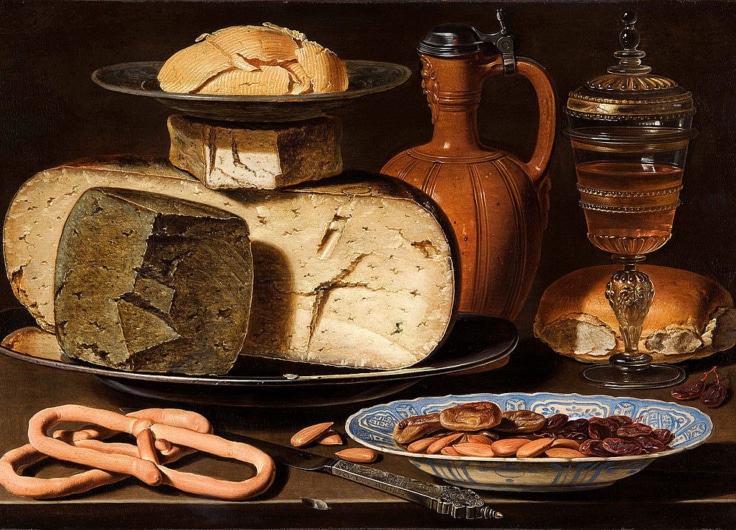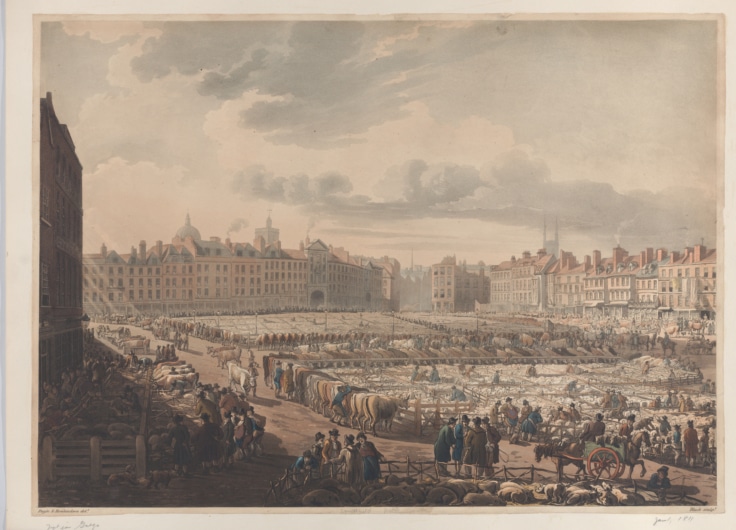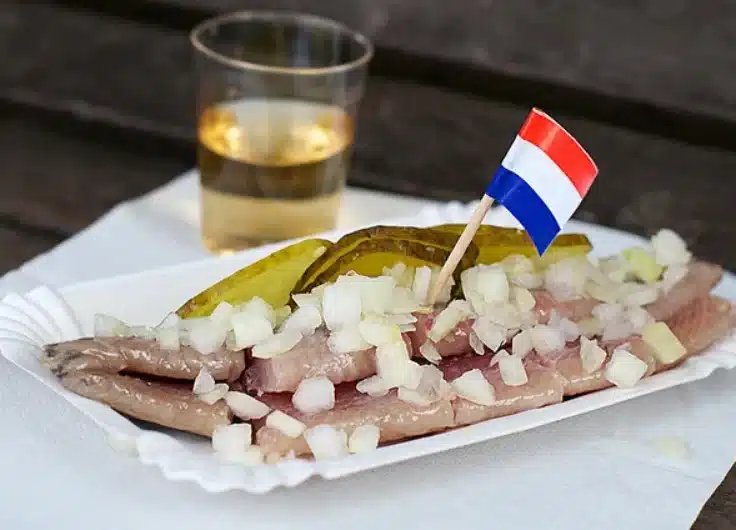‘t Grom Promotes Healthy Food Through Horticultural Heritage
‘t Grom is situated in the heart of the vegetable region in the vicinity of the Flemish city Mechelen. In and around eighteenth-century farmhouses you will get acquainted with forgotten horticultural material and cultivation methods of yesteryear in an interactive way. But the museum also shows innovative agricultural techniques and promotes the importance of healthy food, which includes cooking workshops. Outside you will learn about crops in the historic gardens, among the region’s typical vegetable beds and greenhouses.
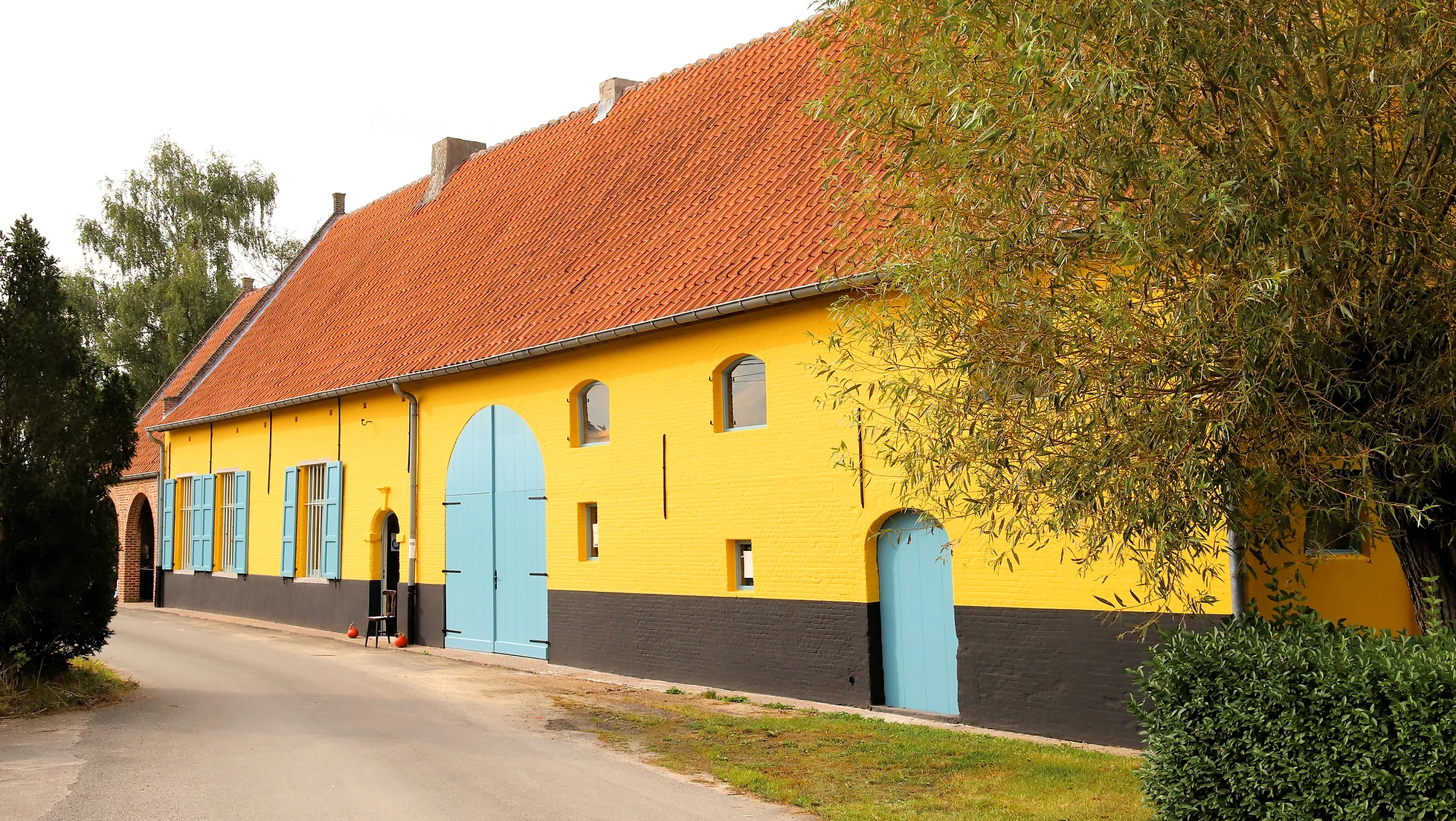
© 't Grom
From the fourteenth to the eighteenth-century The Midzeelhoeves I and II, two homesteads around a common yard, were leasehold farms of domain of Roosendael a little further away, an abbey of Cistercian sisters. On old maps from the fifteenth century, ‘the Midzelen’ already appears. According to some sources, the name mid-sele
and the triangular square between the two farms could indicate a settlement of Frankish origin.
Midzeelhoeve I dates from 1701 and has the typical living layout of a farm from that time with ‘a best room’, a cellar room, fireplace and wash basin and a cheese shed that hangs against the side façade. Where there used to be the deep litter for the horses and cows, there is now a brasserie.
Midzeelhoeve II was built in 1712 and was permanently inhabited for more than three hundred years. In the 1970s, the municipality bought both farms and they were protected, just like the surrounding landscape. In the meantime, the Brabant long-gable farms have been thoroughly restored. This also happened with the bakehouse, where bread is again baked at large events. In the meantime, a local heritage association moved in and the collection of agricultural equipment that was exhibited in the barn grew.
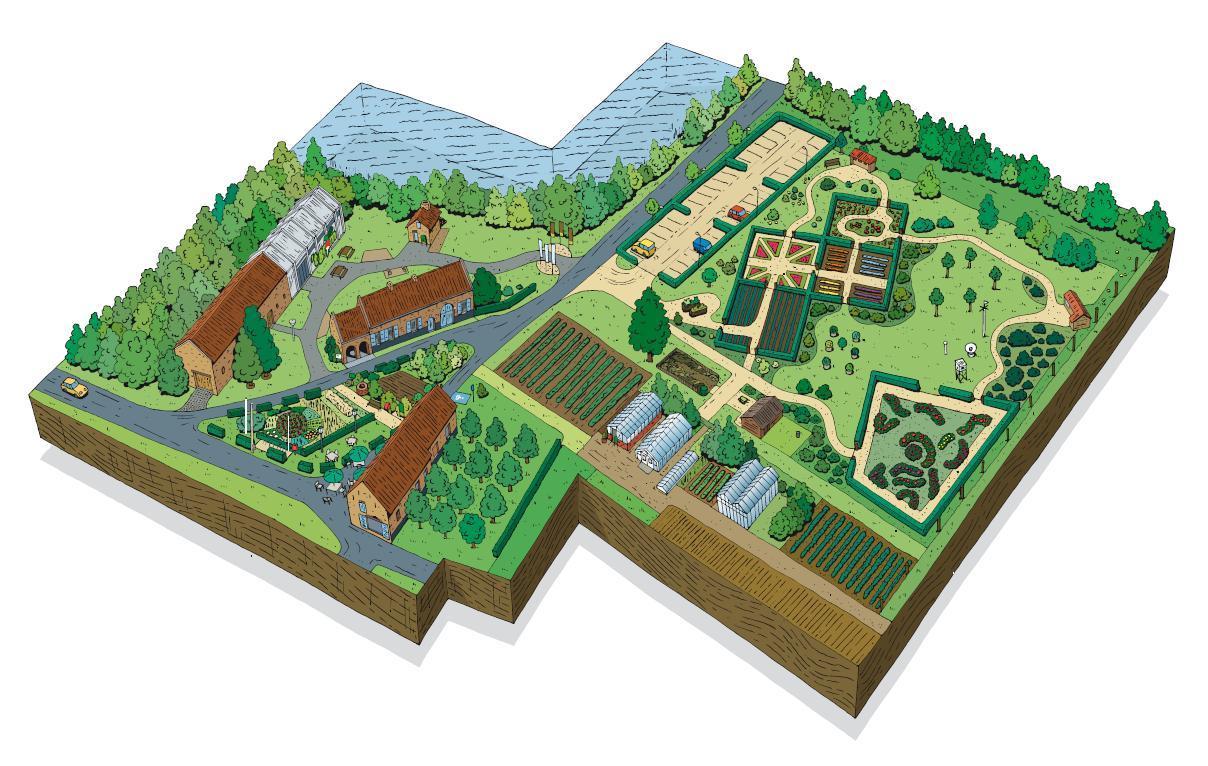
't Grom
But most of the collection can be found outside. A pleasant audio guide will take you past all the buildings and themed gardens, each with their own story. There is the garden of Charlemagne, who issued the ‘capitulare de villis’ in his realm where the sun never set. It was just about the first agricultural law, which stated that a list of 74 edible or medicinal crops had to be grown on every estate in his realm where the monarch could stay.
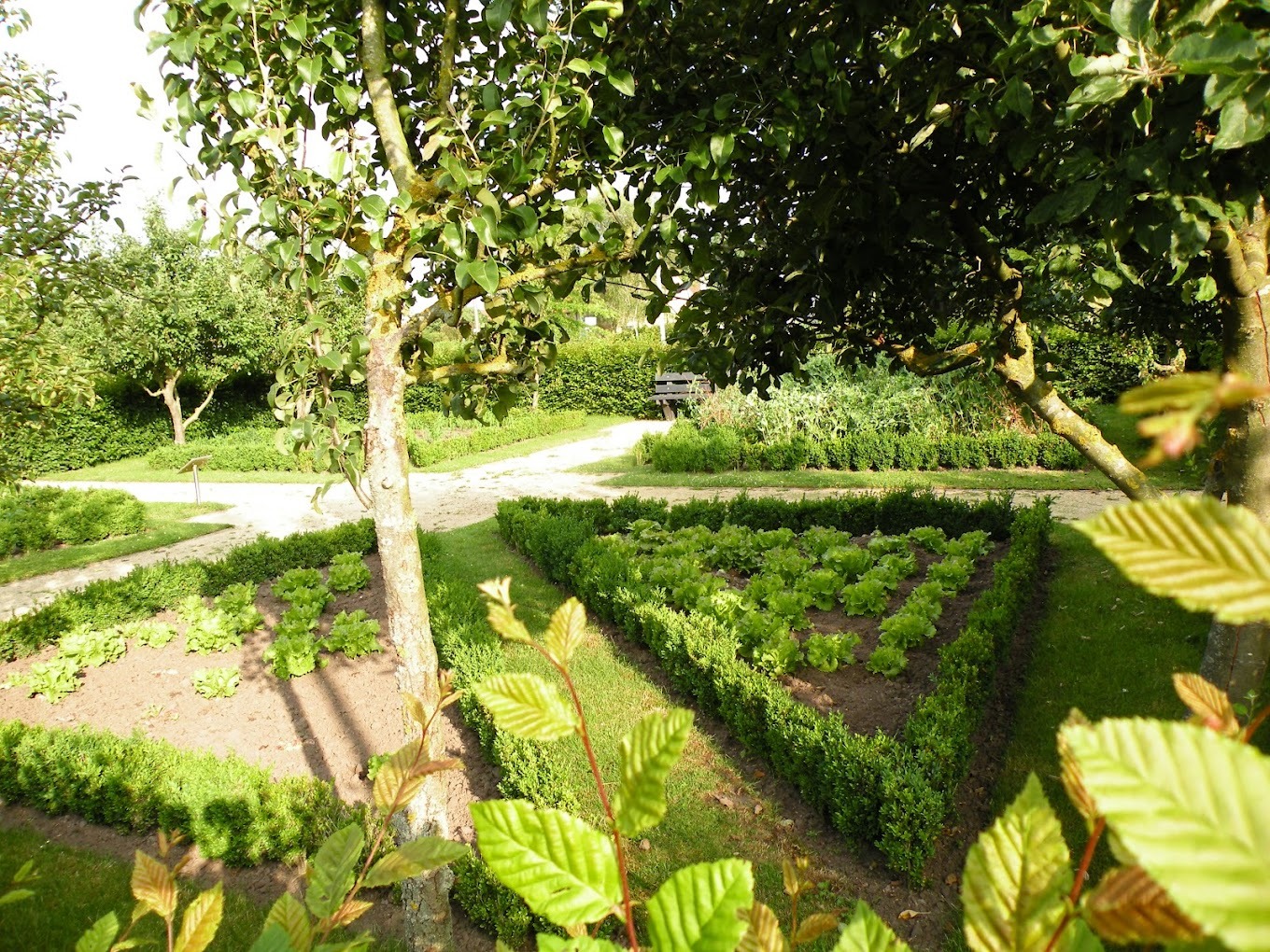 Most of the collection of Vegetable Museum 't Grom can be found outside.
Most of the collection of Vegetable Museum 't Grom can be found outside.© 't Grom
Thanks to Boer Achiel we get to know in a fun way what gewenten are (raised cultivation beds) or what elements of folklore and superstition can also be found in the architecture of the farm. The history of legumes in ancient Egypt and Rome is colourfully explained. Attention is paid to the typical Mechelen cauliflower cultivation in greenhouses and raised beds, to the importance of composting, to bees and the processing and storage of vegetables. In the meadow orchard, we find an almost hundred-year-old rare wild pear. Old local vegetable varieties such as the White Star of Antwerp (tomato), Brussels chicory, the Mechelen cauliflower and the Mechelen blue-green leeks also make this collection exceptional and literally connect with the soil and the past.
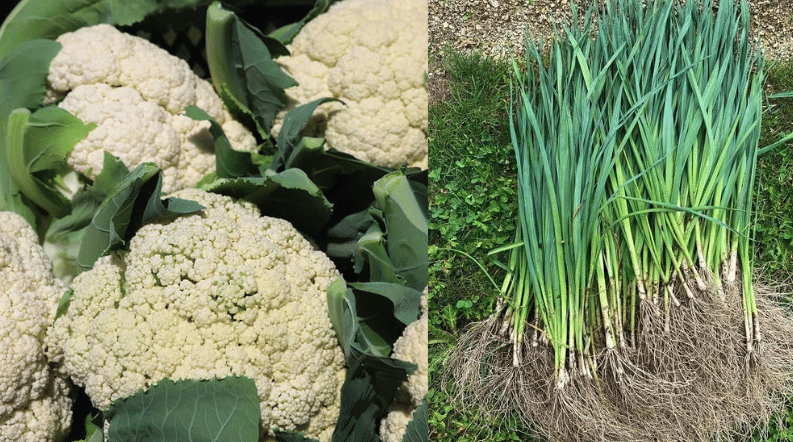 The Mechelen cauliflower and the Mechelen blue-green leeks are local delicacies.
The Mechelen cauliflower and the Mechelen blue-green leeks are local delicacies.© 't Grom
In the themed gardens that volunteers maintain with visible dedication, it is a discovery to read some context and the nutritious or medicinal properties of all plants. The visitor is encouraged to feel, smell, and even taste the mostly edible plants. Some crops remain standing after harvest time to go to seed and thus familiarize the public with all phases of the plant that provides our food. Courses and workshops let you get back in touch with the natural cycle and the processing of vegetables. For example, you can learn to scythe in the summer months. It is an old technique that fits perfectly here and is passed on as intangible heritage.
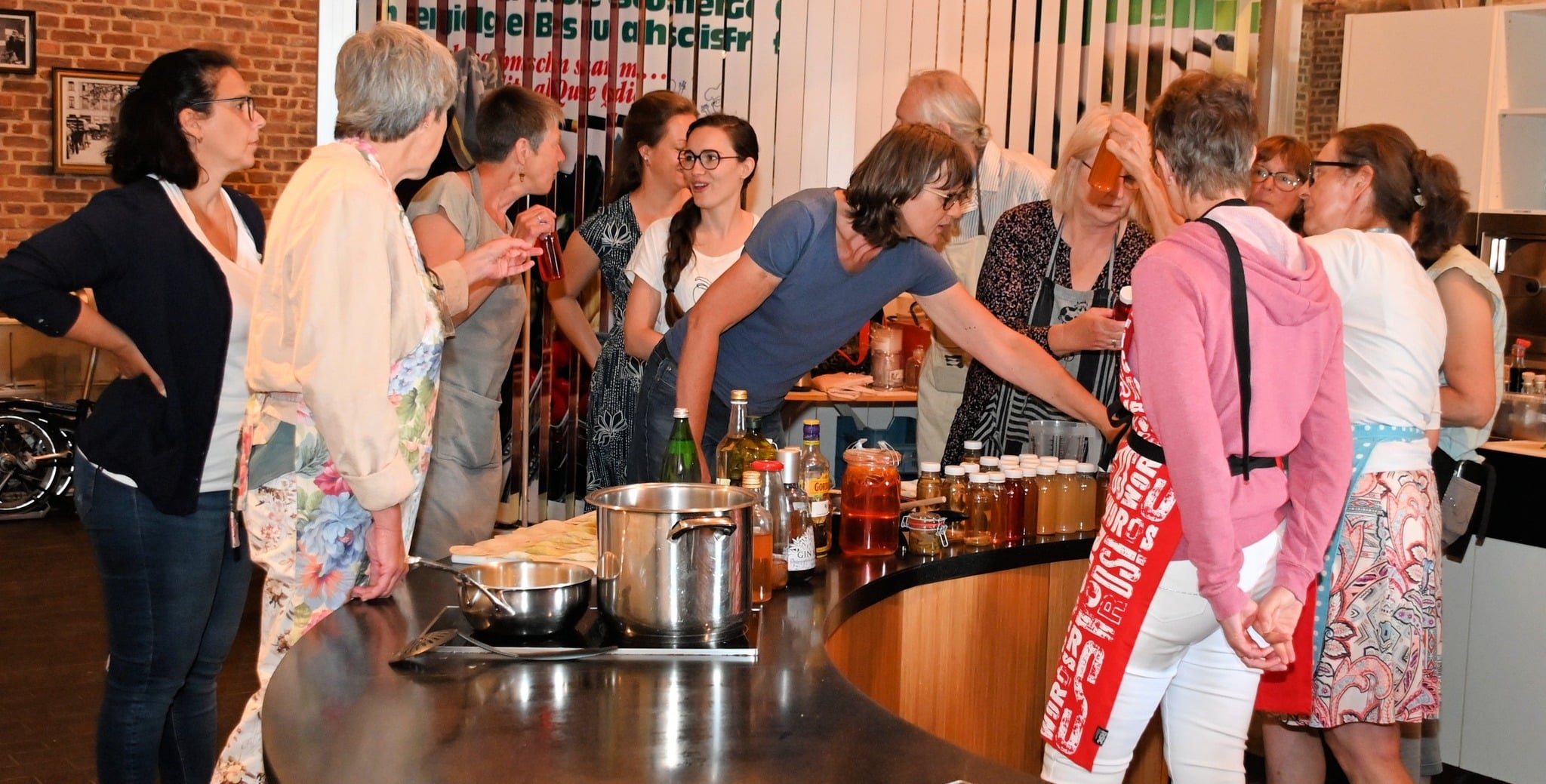 Cooking workshops are popular in 't Grom.
Cooking workshops are popular in 't Grom.© 't Grom
The museum barn houses a fully-fledged teaching kitchen for workshops cooking, preserving and pickling or baking sourdough bread. There is a herbal course ‘Doe de Dodoens’ (Do the Dodoens) that runs for a year, following in the footsteps of the 500-year-old Cruydeboeck (Herbal) by Mechelaar Rembert Dodonaeus. Spoon carving, basket weaving, or botanical drawing are also skills that you can learn here. Schools, associations, and companies can use the facilities for activities and teambuilding. ‘t Grom also offers four sites for motorhomes and is affiliated with Campspace, so campers can stay there practically free for one night.
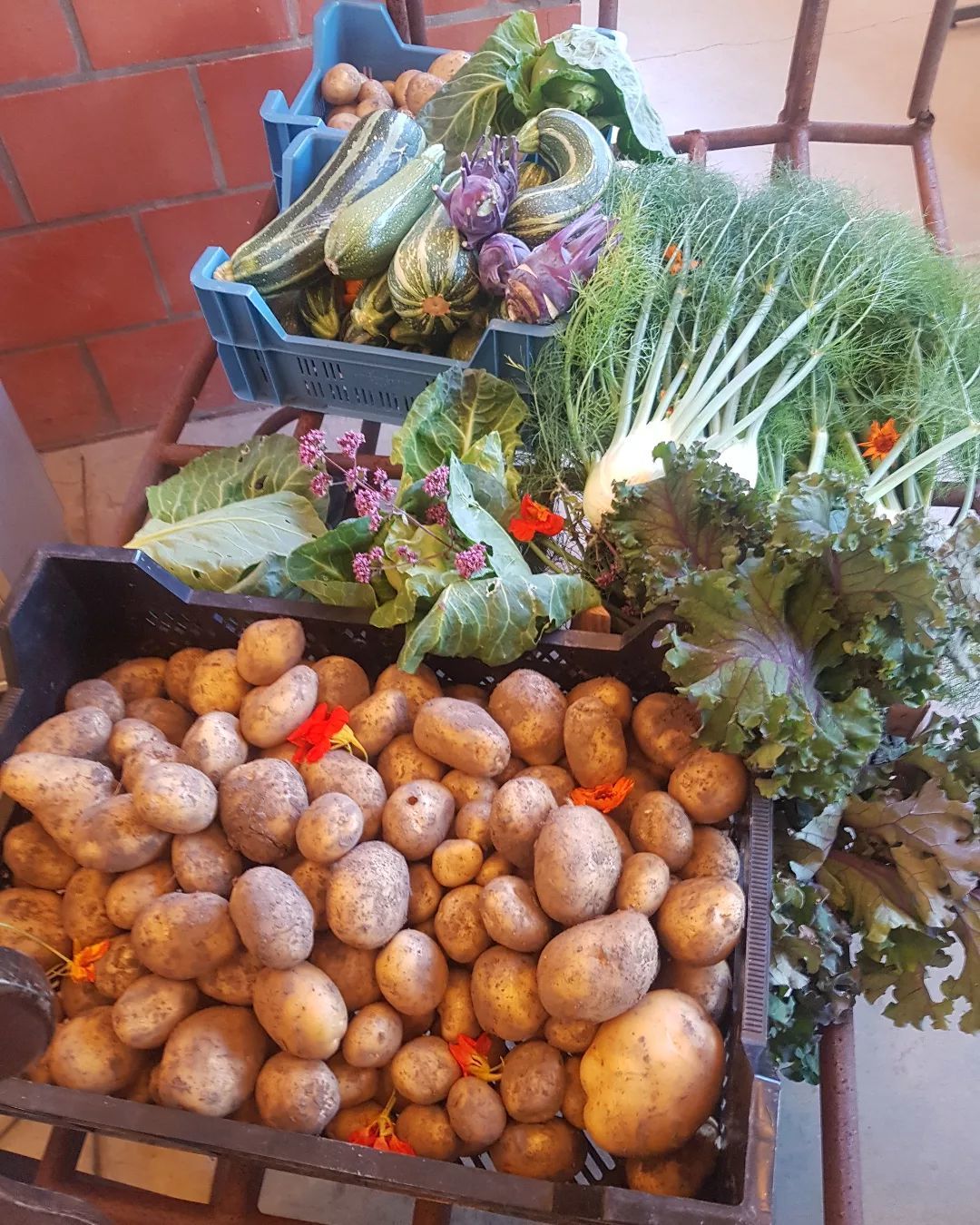 Harvest from 't Grom's gardens
Harvest from 't Grom's gardens© 't Grom
In the main building you can test all the knowledge gained with a wall-high quiz and you will find even more photos and explanations about contemporary cultivation methods. Greenhouse horticulture in gutters with hydroponics, vertical farming all briefly discussed, as well as taking note of the high energy costs and possible sustainable solutions for greenhouse cultivation.
“It’s already environmentally friendly, dear clients,” farmer Achiel said in the headphones. But the link to current problems in agriculture is scarcely made at all – or has it been anxiously avoided? Current events are changing rapidly and presenting current evolutions in clear information panels or interactive exhibits may not be easy. But the mission of ‘t Grom on the attractive and well-upholstered website is clear: “The museum talks about the flowering period of soil and greenhouse cultivation. t Grom opens our eyes to the complexity and coherence of our vegetable cultivation, from soil to mouth, from geography to genetics.” The information panel at the entrance also states explicitly: “‘t Grom has grown into an important educational centre for vegetables and vegetable cultivation.” If this educational objective is so central, it seems appropriate to respond to current trends and problems and highlight them from all angles.
A rather romantic spin is put on the presentation of traditional agriculture and horticulture in general. There is little or no mention of pesticides and their impact on biodiversity, of soil degradation, climate crisis with drought and heat, the impact of manure and nitrogen surplus… The issue of GMOs and monocultures is also circumvented, the pressure from the agro-industry, supermarkets, banks, and Europe is not addressed… In cautious inducements, the website refers to the importance of grower varieties and the UN world food programme convention on them. ‘t Grom gladly concurs with the role as a transmitter of traditional knowledge from farmers and horticulturists, as a weapon against ‘local cultural erosion’.
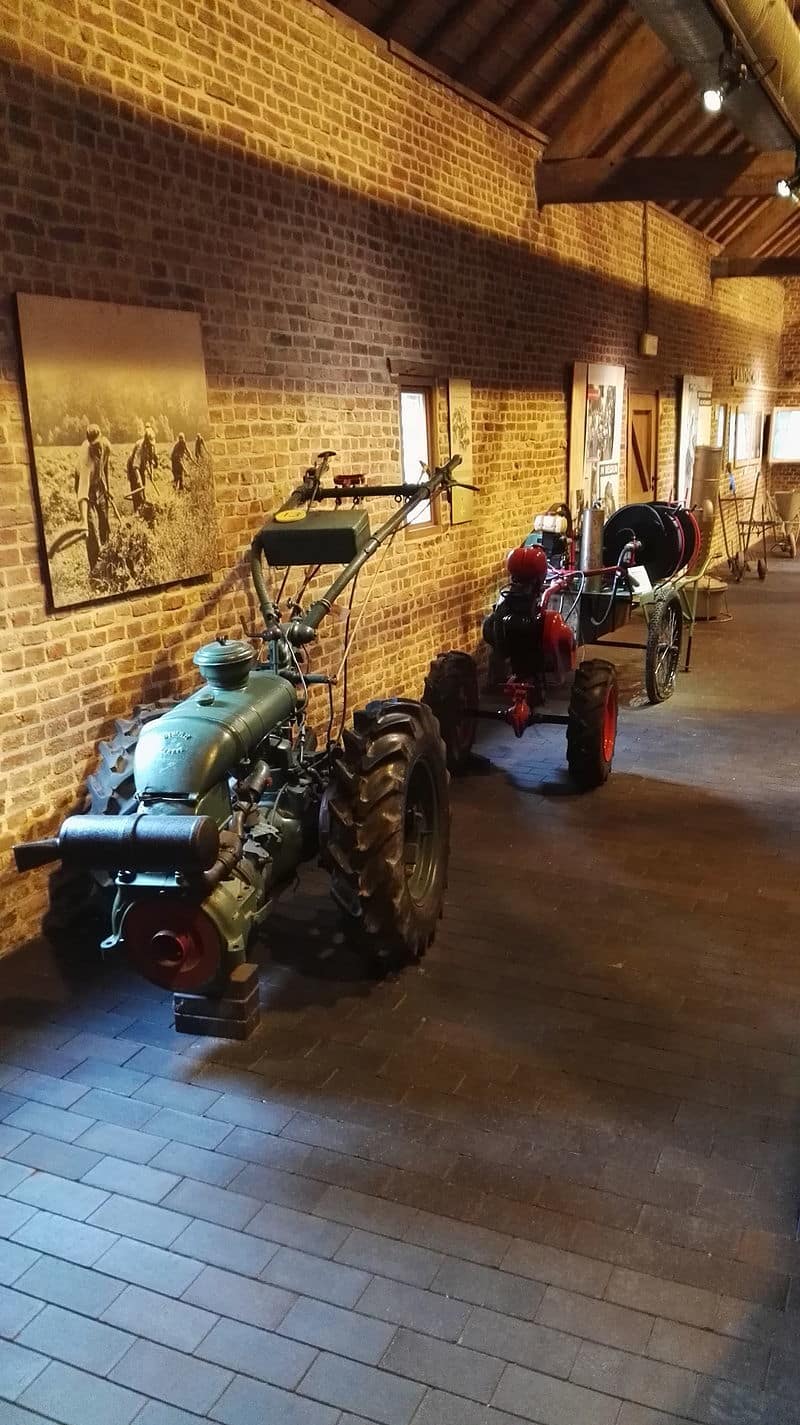
© 't Grom
A nice goal, but in the exhibition space ecological horticulture is only discussed indirectly. Little or no attention is paid to developments and historical background of permaculture, agroforestry, soil restoration, the importance of sustainable and regenerative agriculture and horticulture. Moreover, only vague references are made to contractors, seasonal work and (historical) social exploitation in horticulture. With black and white photos of children in a beet field, you hear an interview with an old man who looks back nostalgically about how children ‘used to’ have to help on the land and were barely paid for it. ‘Whereas now! They don’t want to do anything anymore! …’ A little more historical context would be in order here.
‘t Grom is clearly a knowledge centre. This also includes a library with a special collection of handbooks and horticultural journals that are at least a hundred years or older. The many photographs, slides and prints illustrate the evolution of horticulture and food culture. The display cabinets with utensils and groceries from the kitchen of the past century also contribute to this.
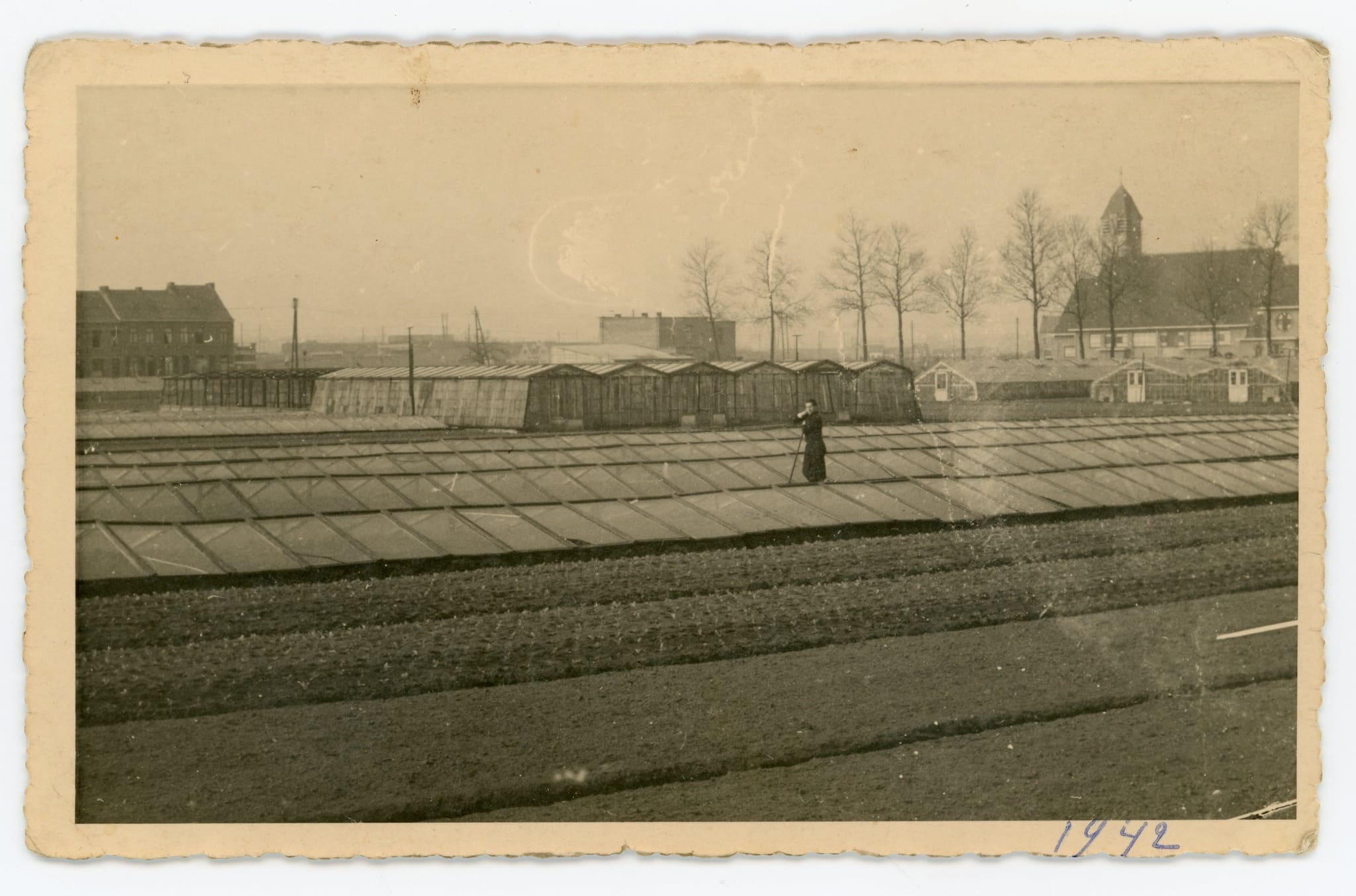
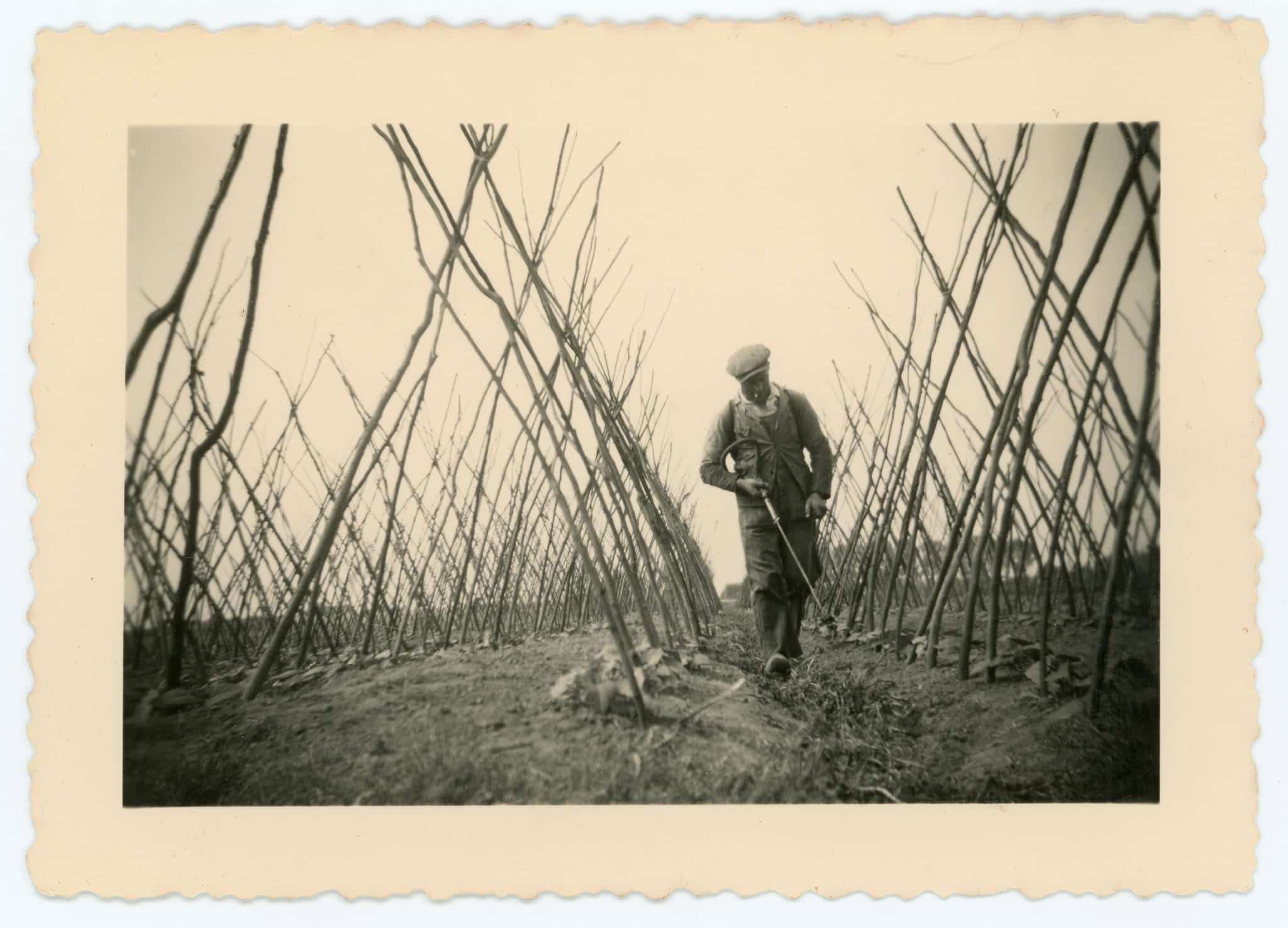 The many photographs, slides and prints illustrate the evolution of horticulture and food culture.
The many photographs, slides and prints illustrate the evolution of horticulture and food culture.© 't Grom
Fascinating themed exhibitions such as ‘Spot the carrot’ appeal to a wide audience and create links to art, history, and local heritage. Historical images of fruits, vegetables and grains contain a lot of information about plant evolution and ecology. Ive De Smet (biologist) and David Vergauwen (art historian) studied the depictions of plants in Renaissance and Baroque paintings. On them, vegetables often look different from the way we know them now. They compared their findings with the genetic changes that crops like the carrot and wheat underwent during the last centuries. The results of this research have been published in the scientific journals Trends in Plant Science and Current Biology. In the museum gardens you will now find banners with details of Baroque and Late Renaissance paintings depicting fruit and vegetables. It provides a picture of the daily vegetables of hundreds of years ago, which often had different shapes and colours than what you find in the grocery store today.
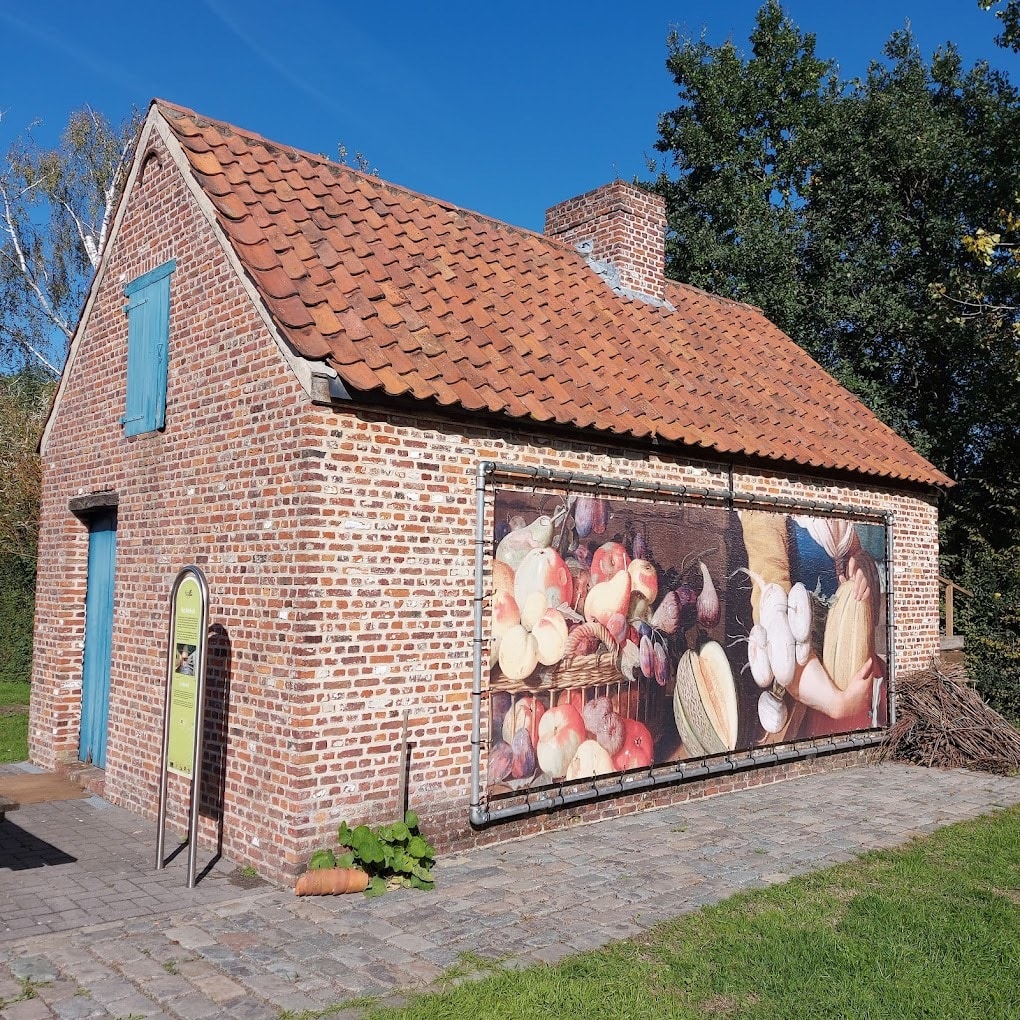 n the museum gardens you will now find banners with details of Baroque and Late Renaissance paintings depicting fruit and vegetables.
n the museum gardens you will now find banners with details of Baroque and Late Renaissance paintings depicting fruit and vegetables.© Flickr
‘t Grom has a lot of assets and a lot of potential. Thanks to well-developed volunteer and public work, there are quite a few interesting things to learn and discover here. The successive environmental and health crises and the desire for craftsmanship, short supply chains, healthy and hearty food from sustainable cultivation makes this place more relevant than ever. A visit is worthwhile, but it remains to be seen to how ‘t Grom will develop further and come to full fruition. As a transmitter of intangible heritage, and possibly as an increasingly relevant centre of knowledge, food supply, heritage, and community life.


